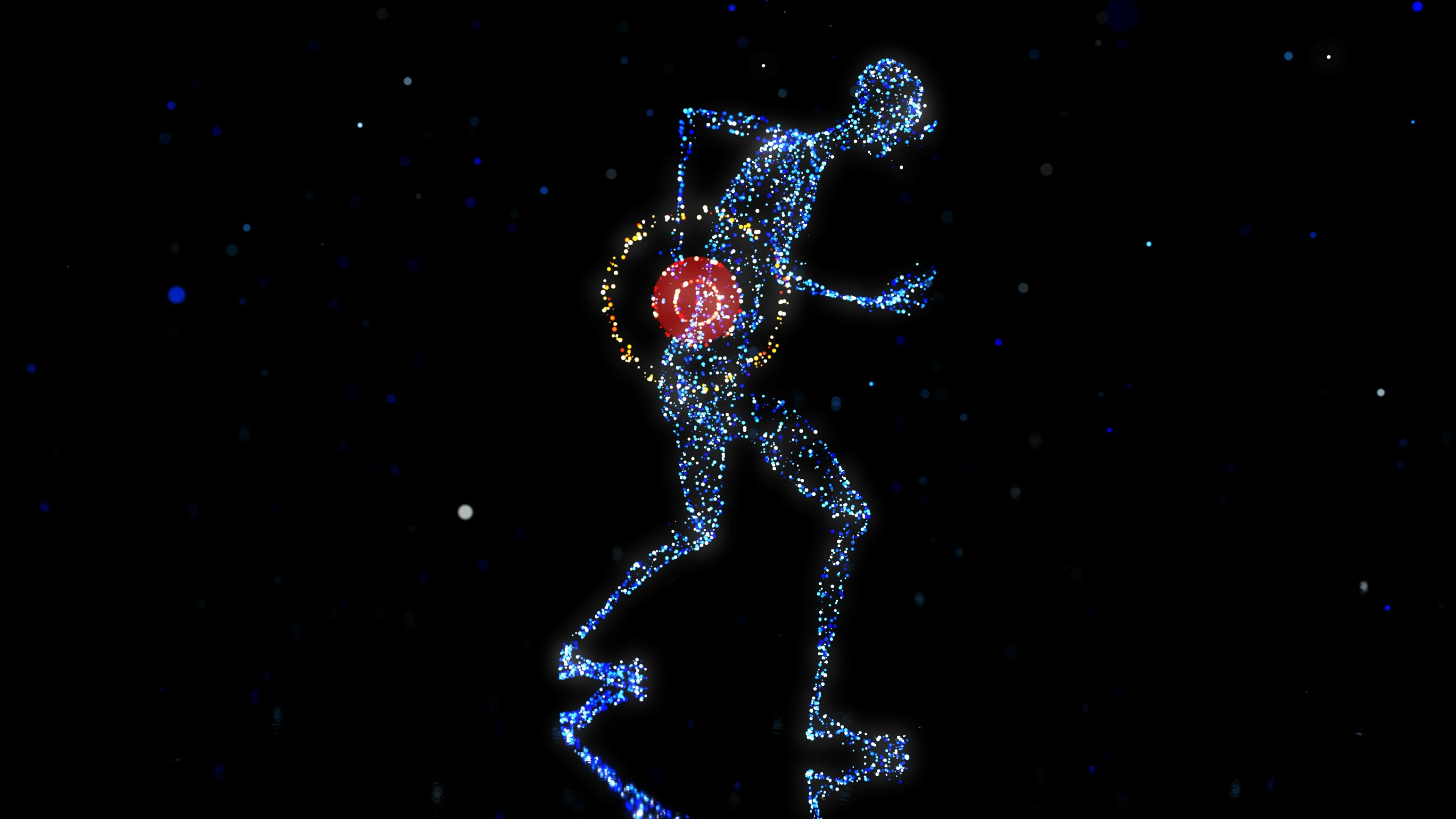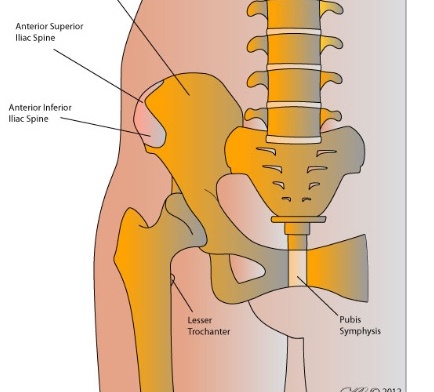Sciatica is a painful condition that occurs when the sciatic nerve—the largest nerve in the body—becomes compressed, irritated, or inflamed, causing sharp, radiating pain that travels from the lower back down the leg. For those experiencing sciatica in Summit, NJ, finding the right treatment plays a huge role in restoring mobility and reducing discomfort.
Whether your symptoms stem from a herniated disc, spinal stenosis, or piriformis syndrome, there’s a wide range of non-surgical therapies, minimally invasive treatments, and surgical solutions available. This guide will walk you through the most effective sciatica treatment options to help you get back to an active, pain-free lifestyle.
What Causes Sciatica and Who Is at Risk?
Sciatica can develop due to a variety of spinal conditions, each affecting the sciatic nerve in different ways.
- Herniated discs are one of the most common causes, where the soft interior of a spinal disc pushes through its outer layer, placing pressure on the nerve root.
- Spinal stenosis, a narrowing of the spinal canal, can also lead to nerve compression and sciatic pain, particularly in older adults.
- Degenerative disc disease weakens the discs over time, reducing their ability to cushion the spine and leading to nerve irritation.
- Spondylolisthesis occurs when a vertebra slips forward over another, pinching the sciatic nerve.
- Piriformis syndrome is another potential cause, where the piriformis muscle in the buttock compresses the sciatic nerve, leading to pain that mimics spinal-related sciatica.
Risk factors like prolonged sitting, obesity, poor posture, and repetitive strain on the lower back make you more likely to develop sciatica. Fortunately, sciatica treatment in Summit, NJ offers a variety of solutions, from conservative therapies to advanced medical procedures, depending on the severity of symptoms.
How Can Physical Therapy Help with Sciatica Treatment?
Physical therapy is often the first treatment suggested for sciatica pain, focusing on restoring mobility, strengthening muscles, and alleviating nerve pressure. A customized physical therapy plan typically includes stretching exercises that target tight hamstrings, hip flexors, and lower back muscles to reduce tension on the sciatic nerve. Core-strengthening movements help stabilize the spine, preventing excessive strain on the lower back.
Manual therapy techniques, like spinal mobilization and soft tissue massage, may be incorporated to reduce nerve compression and improve flexibility. Patients also learn better posture to avoid movements that could aggravate symptoms. Most individuals begin experiencing noticeable relief within three to six weeks, especially when they also do at-home exercises and make ergonomic changes.
Is Chiropractic Care an Effective Treatment for Sciatica?
Many patients explore chiropractic adjustments as part of their sciatica treatment plan. A chiropractor performs spinal manipulations to improve alignment and relieve pressure on the sciatic nerve. These adjustments can enhance mobility, reduce inflammation, and decrease nerve irritation over time.
During a chiropractic session, the practitioner may also use soft tissue therapy and guided stretching to help the muscles around the spine. Some patients report immediate pain relief, while others require several sessions to experience long-term benefits. Although chiropractic care can be highly effective for certain cases of mild to moderate sciatica, it is often most beneficial when combined with physical therapy or alternative treatments in a comprehensive pain management plan.
What Medications Can Help Relieve Sciatica Pain?
While there’s no medication that cures sciatica, some can help manage pain and inflammation, particularly during acute flare-ups.
- NSAIDs (Ibuprofen, Naproxen): Reduce swelling around the sciatic nerve and provide short-term pain relief.
- Muscle Relaxants: Help alleviate tension in the lower back and buttocks, especially for patients experiencing painful muscle spasms.
- Oral Corticosteroids: Used for short-term inflammation control in severe cases, but cause side effects that prohibit them from long-term use.
- Neuropathic Pain Medications (Gabapentin, Pregabalin): Target nerve-related pain but have shown mixed results in clinical studies.
Patients should consult with a sciatica specialist in Summit, NJ before starting any medication to determine the treatment approach best suited to their unique case.
What Are the Best Holistic and Alternative Sciatica Treatments?
In addition to conventional medical treatments, many patients explore holistic and alternative therapies for sciatica relief.
- Acupuncture has been shown to reduce sciatic nerve pain by stimulating circulation and decreasing inflammation. Research suggests that patients who undergo acupuncture regularly experience noticeable pain relief after four to six sessions.
- Massage therapy is another popular approach, as deep tissue massage can help relax tight muscles, improve blood flow, and reduce nerve compression. Patients who receive regular massage therapy often report less pain and overall mobility improvements.
- Yoga and Pilates can also help manage sciatica symptoms by enhancing spinal flexibility, strengthening core muscles, and improving posture. These practices relieve existing pain and make the spine healthier, which helps prevent future episodes.
For those seeking alternative medicine for sciatica in Summit, NJ, mixing holistic treatments, physical therapy and chiropractic care can provide a comprehensive pain management strategy.
Are Minimally Invasive Procedures an Option for Sciatica Treatment?
When conservative treatments don’t get the job done, minimally invasive procedures may be considered. Epidural steroid injections (ESI) deliver anti-inflammatory medication directly to the affected nerve root, reducing swelling and alleviating pain. While the effects are temporary, lasting anywhere from a few weeks to several months, they can help patients regain function and take a more active role in their rehabilitation.
A more recent advancement in sciatica treatment is pulsed radiofrequency (PRF) therapy, which uses controlled electrical pulses to disrupt pain signals from the sciatic nerve. Studies suggest that PRF therapy, when combined with steroid injections, can provide longer-lasting relief compared to injections alone.
Some patients may also be candidates for biologic therapies, such as platelet-rich plasma (PRP) or stem cell injections. These treatments aim to promote tissue healing and reduce nerve inflammation, though they remain in the experimental stages.
Finding Sciatica Treatment in Summit, NJ
If you’re looking for expert sciatica treatment in Summit, NJ, a variety of specialists offer non-surgical and minimally invasive solutions tailored to your condition. Whether you’re exploring physical therapy, chiropractic adjustments, holistic medicine, or advanced pain management techniques, choosing the right care gets you long-term relief.
A personalized treatment plan, incorporating both traditional medical therapies and alternative approaches, can help you regain mobility and prevent future sciatic flare-ups.
Take the Next Step Toward Sciatica Relief
If you’re suffering from sciatica in Summit, NJ, don’t wait for symptoms to worsen. Consulting a spine specialist early can help prevent long-term complications and provide faster pain relief. Schedule an appointment today to explore the best treatment options for your needs.
By taking action now, you can improve your quality of life and return to pain-free movement with expert sciatica treatment in Summit, NJ.
Resources
https://news.emory.edu/stories/2014/02/clinical_trial_stem_cell_injection/campus.html
https://www.rsna.org/news/2023/march/pulsed-radiofrequency-with-steroid-injection
https://www.cochrane.org/CD013577/BACK_corticosteroid-injections-treatment-sciatica
https://www.aafp.org/pubs/afp/issues/2015/0501/p612.html
https://www.hss.edu/condition-list_sciatica.asp



